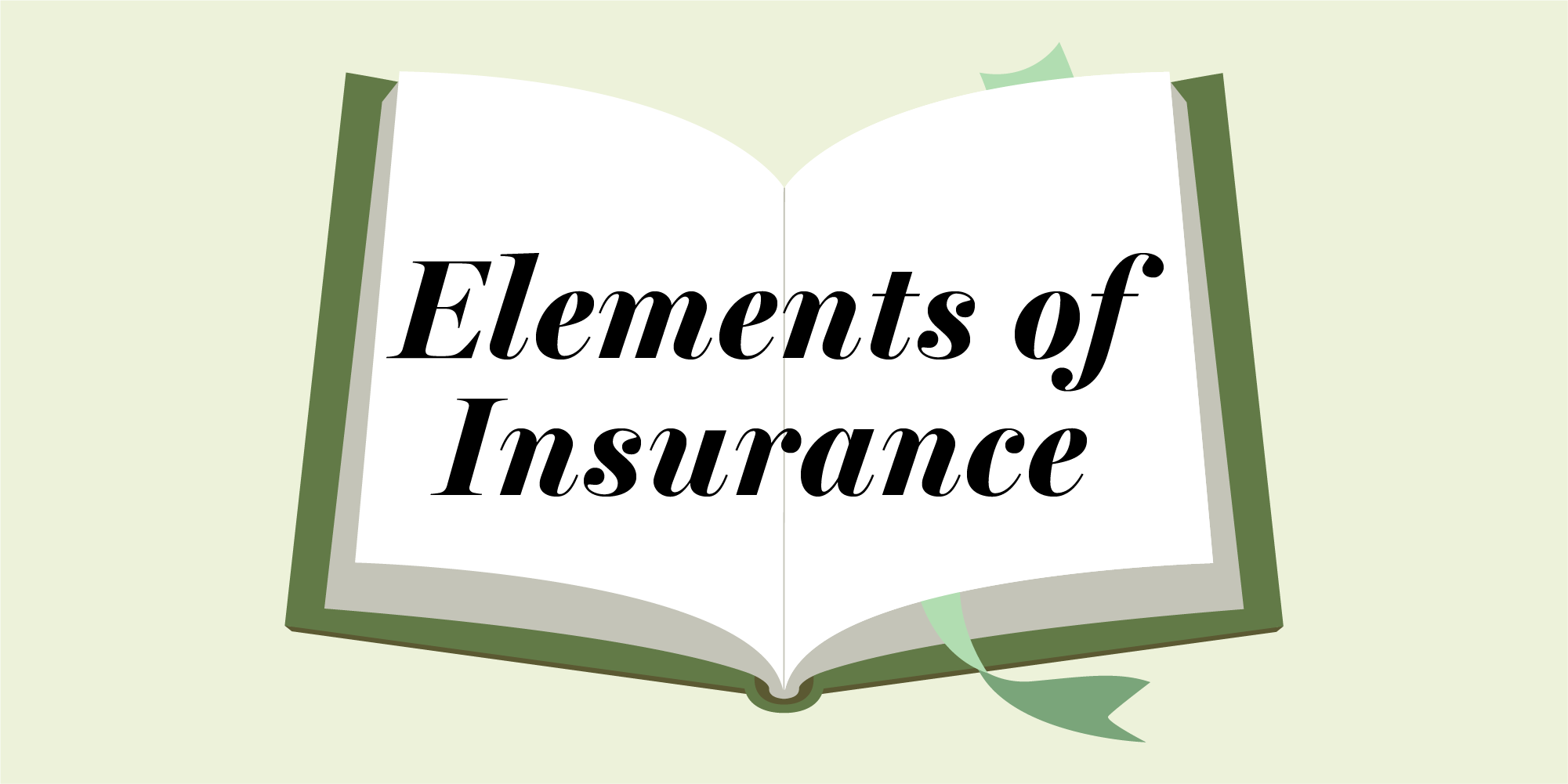Insurance policies can be complex, filled with industry-specific terminology and legal jargon that can be difficult to understand. However, regardless of the type of insurance you get, there are certain key elements that appear in all policies. Understanding these elements is essential to making informed decisions about the coverage that is right for each individual or household.
These are the insurance fundamentals and key components that policies include:
- The insurer is the company that sells the policy. These companies need a license to operate and are regulated by state or provincial laws.
- The policyholder is the person who enters into a contract with the insurer by purchasing the policy.
- The insured is the person named on the contract, who is protected or covered by the insurance policy. The insured is not necessarily the same person as the policyholder. A person can buy a policy for themselves and become insured, but they can also purchase it to insure someone else.
- The beneficiary is a person, persons, or entity who will receive the insurance benefit.
- The premium is the amount of money that needs to be paid to the insurer by the policyholder, for the length of the contract. It is the cost of being insured or having an insurance policy.
- The policy length is the term of the contract, depending on the type of insurance, it can be a few days or be permanent. During this period, the insurer is liable and must pay the insurance benefit to the beneficiary, as long as the policyholder is up to date with their premiums, the claim is valid, and it is not in breach of the contract.
The waiting period is the amount of time that needs to happen after buying a policy, before the benefits kick in.





